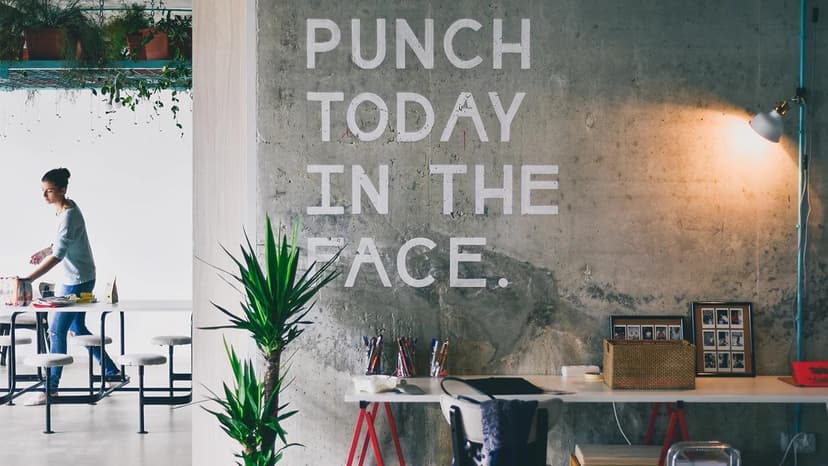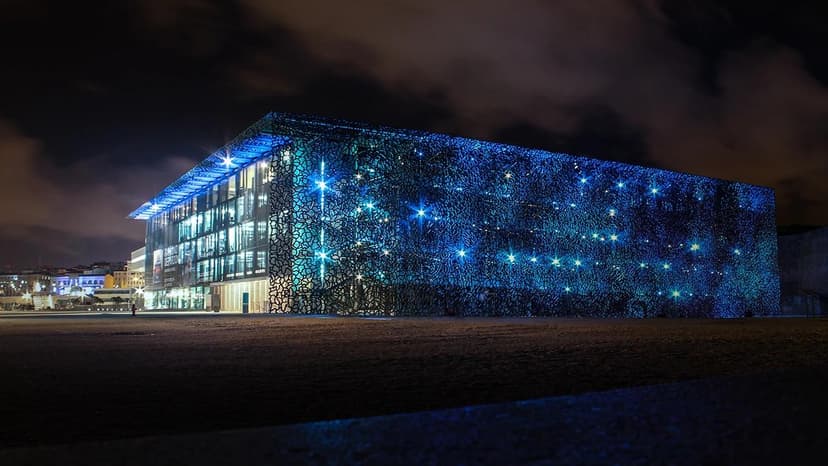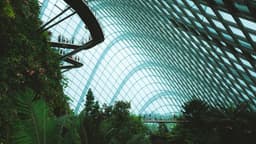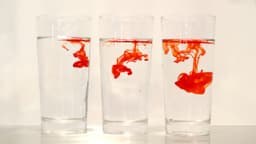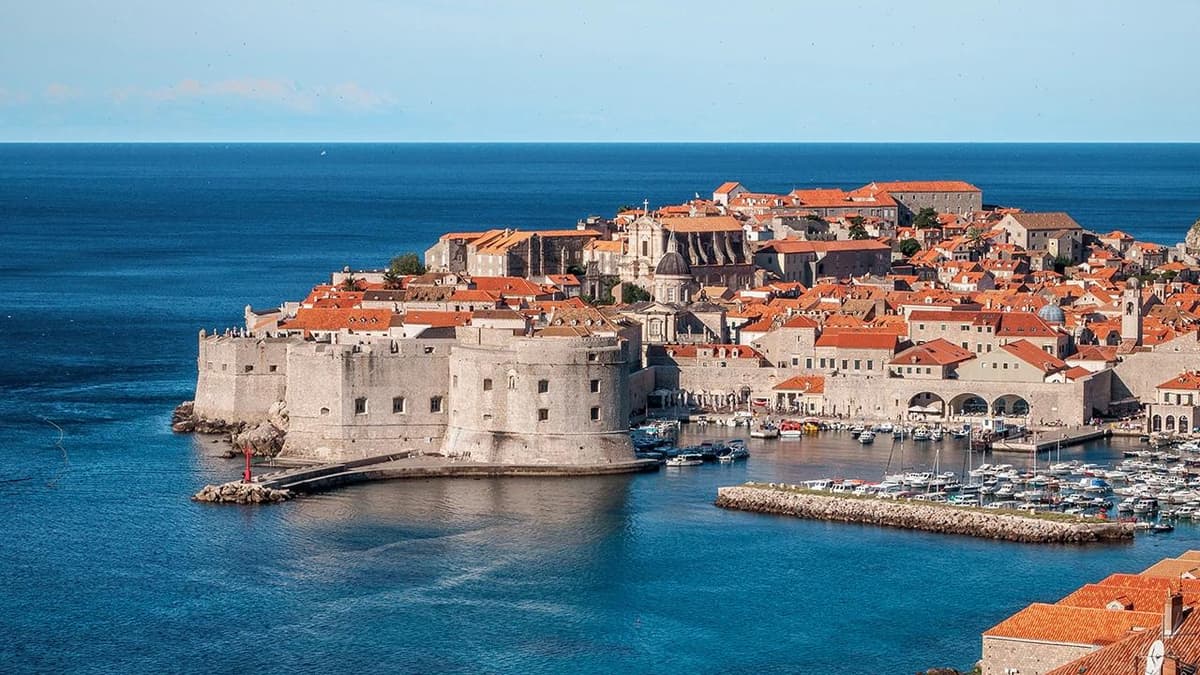The Art of Web Design: Exploring Beyond Flat and Minimalistic
Web design is like fashion; it changes with the times, influenced by technology, culture, and user preferences. There was a time when website design was all about flashy animations and an overload of graphical elements. Then came a wave of change that leaned towards simplicity and user-friendliness—flat and minimalistic design became the trendsetter.
Let's talk about this current trend. Flat and minimalistic design is praised for its clean look, easy navigation, and fast loading times. It strips away clutter, making the content king. The simplicity helps users focus on what's important without unnecessary distractions. Especially in our fast-paced world, where time is a prized commodity and attention spans are short, people appreciate websites that get straight to the point.
Now, should every website follow this minimalist mantra? Not necessarily. While there's beauty in simplicity, that's not the only path to creating an engaging, effective, and memorable website. Variety, after all, is the spice of life—and the internet could certainly use some spicing up!
Adding Dimension to Digital Canvases
When every site follows the same stylistic rules, we're bound to get bored. Imagine if every painting you've ever seen was a minimalist canvas with only one color or shape. That might be appealing to some, but many others would quickly yearn for something different—more colors, textures, and depth.
The same concept applies to web design. By trying different design styles—be it vintage, skeuomorphic, abstract, or anything in between—designers create unique digital experiences that stand out from the crowd. Different design styles can evoke different emotions and reactions, and sometimes a more complex or visually rich website can engage the visitor in a deeper way.
Know Your Audience
Understanding who visits your website is vital when choosing a design style. While some audiences appreciate the no-frills approach of minimalism, others might resonate with a more elaborate design that reflects their interests. For instance, an online gaming community might love a site with dynamic elements and bold colors. In contrast, a financial consulting firm may benefit more from a clean, straightforward layout. Tailoring your design to your audience's tastes shows that you understand them, which can foster a deeper connection and boost engagement.
Unleashing Creativity
Let's not forget the creative minds behind these websites—the designers. Imagine restraining an artist to a single style or a musician to one genre. It would hinder their growth and limit their potential. Just like artists, web designers need the freedom to experiment with different aesthetics and make something that feels true to their vision.
A more diverse design might require more skill and time to create, but the end result could be a masterpiece that takes a brand to new heights. Websites like that of Adobe exemplify innovation in design, continually pushing boundaries while maintaining usability.
Balancing Function and Form
While advocates for flat and minimalistic design might cite usability as a primary reason for its dominance, it's crucial to remember that usability doesn't have to be sacrificed for aesthetics. It's all about the balance between function and form.
A detailed website can still be user-friendly with proper planning and execution. Intuitive navigation, responsive interactions, and readability are key factors that can be integrated into any design style. Creative elements should complement the user's journey, not complicate it.
The Power of Storytelling
Storytelling in web design can be a powerful tool, and sometimes, a flat and minimalistic approach might not do a story justice. Different design elements can help narrate a story in an engaging way, pulling visitors into the world of a brand. Rich visuals and interactive experiences can bring a story to life, immersing the user in a way a minimalistic design might not be able to.
When visiting the website of a famous movie, such as Disney, users expect an experience that mirrors the excitement and enchantment of the films. A flat design would hardly serve that purpose. Instead, immersive elements and vivid imagery draw the visitor in, creating an experience they are likely to remember and share.
Flat and minimalistic design has its place in the web design world, and its benefits are clear—simplicity, usability, and speed. Yet, it's not the only path to creating an amazing website. We need different design styles to cater to different tastes, evoke emotions, and tell stories.
The internet is an immense canvas, and we should not limit it to shades of minimalism when there's a whole spectrum of possibilities waiting to be explored. Experimenting with various design techniques can lead to innovative solutions and breathe new life into the digital landscape.
A diverse design philosophy doesn't mean abandoning the good principles of flat design; it means building upon them to create something even more exciting and user-friendly. Let's celebrate the diversity in design and encourage creativity to build websites that not only function well but also inspire and delight their visitors.

